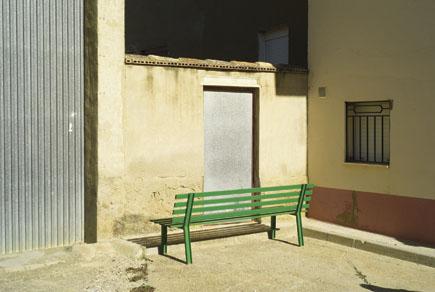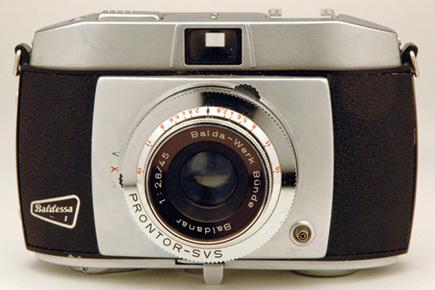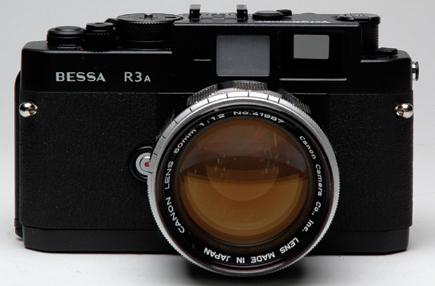Roger W. Hicks
Sort By: Post Date | Title | Publish Date
|
Sep 01, 2010
|
Feb 01, 2008
|
Jun 01, 2005
|
May 14, 2013 |
First Published: Apr 01, 2013
|
May 01, 2002
|
Jun 01, 2006










